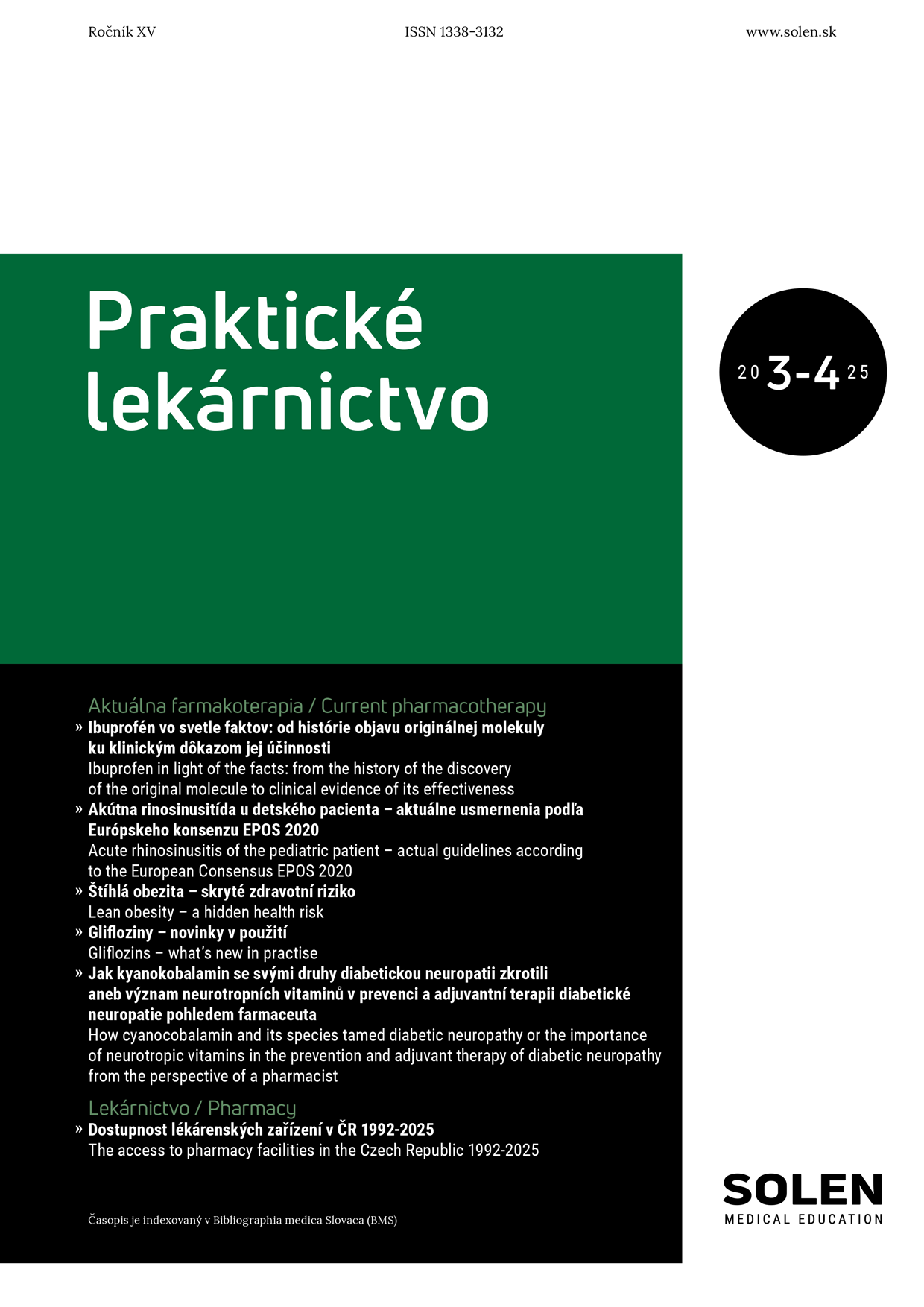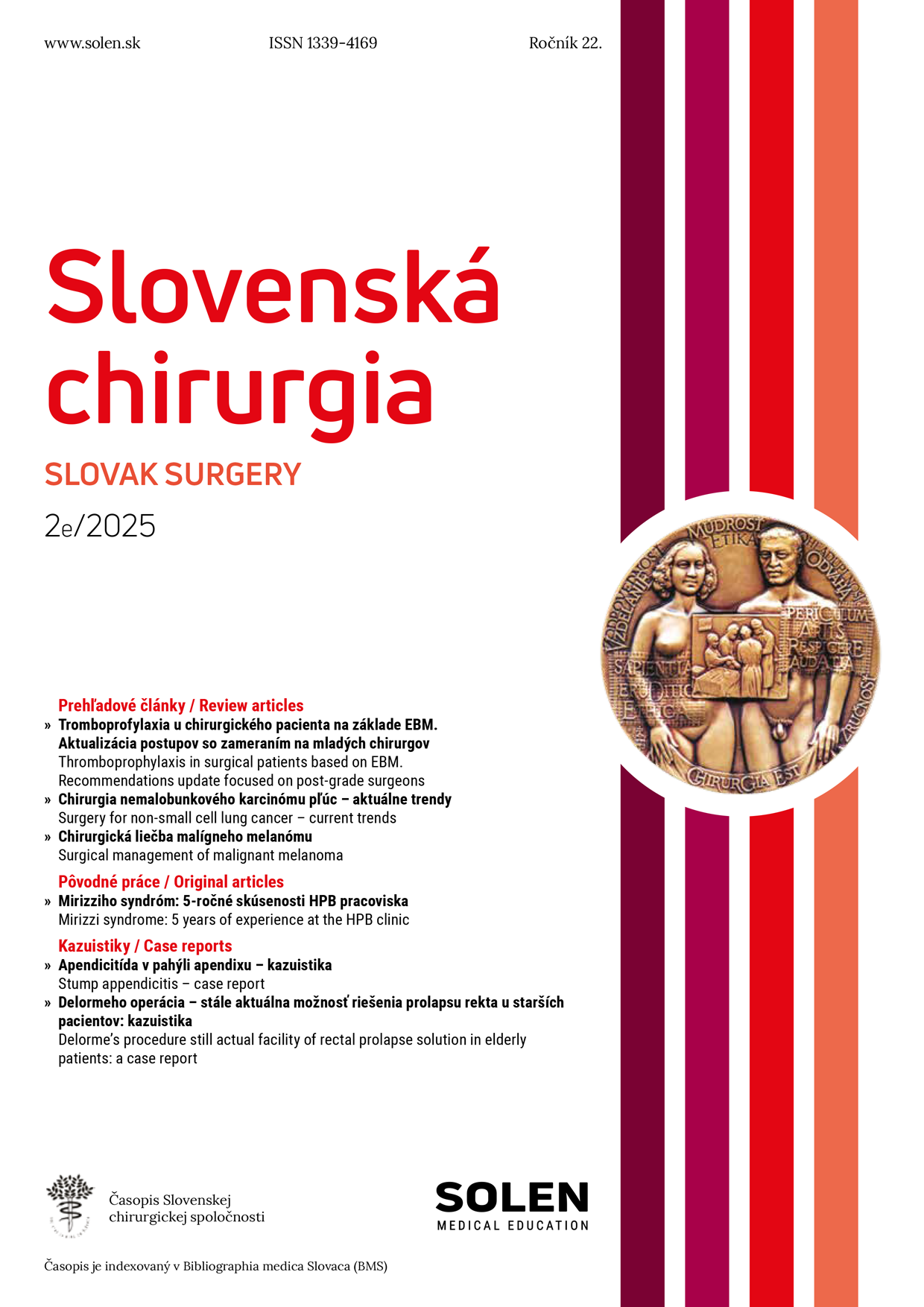Vaskulárna medicína 3/2016
Monitoring of haemostasis in women with high-risk pregnancies on anticoagulant therapy
Along with pre-existing risk factors, physiological changes of haemostasis, leading to the increased blood clotting during pregnancy and six weeks after the delivery, increase the risk of venous thromboembolism (VTE) and pregnancy complications, and thus contribute to the significant maternal morbidity and mortality. Their common feature is the increased formation of thrombin, representing the cause of the formation of microthrombi in the impantation site or later in the course of the pregnancy to the disorder in the uteroplacental perfusion. In high-risk pregnancy, the Guidelines of American College of the Chest Physicians (ACCP) prefer the use of low-molecularweight heparin (LMWH) instead of other anticoagulants. The assessment of the haemostatic changes in high-risk pregnant patients could therefore play an important role in the personalization of anticoagulant thromboprophylaxis.
Keywords: high-risk pregnancy, anticoagulant thromboprophylaxis, monitoring, venous thromboembolism, haemostasis

















